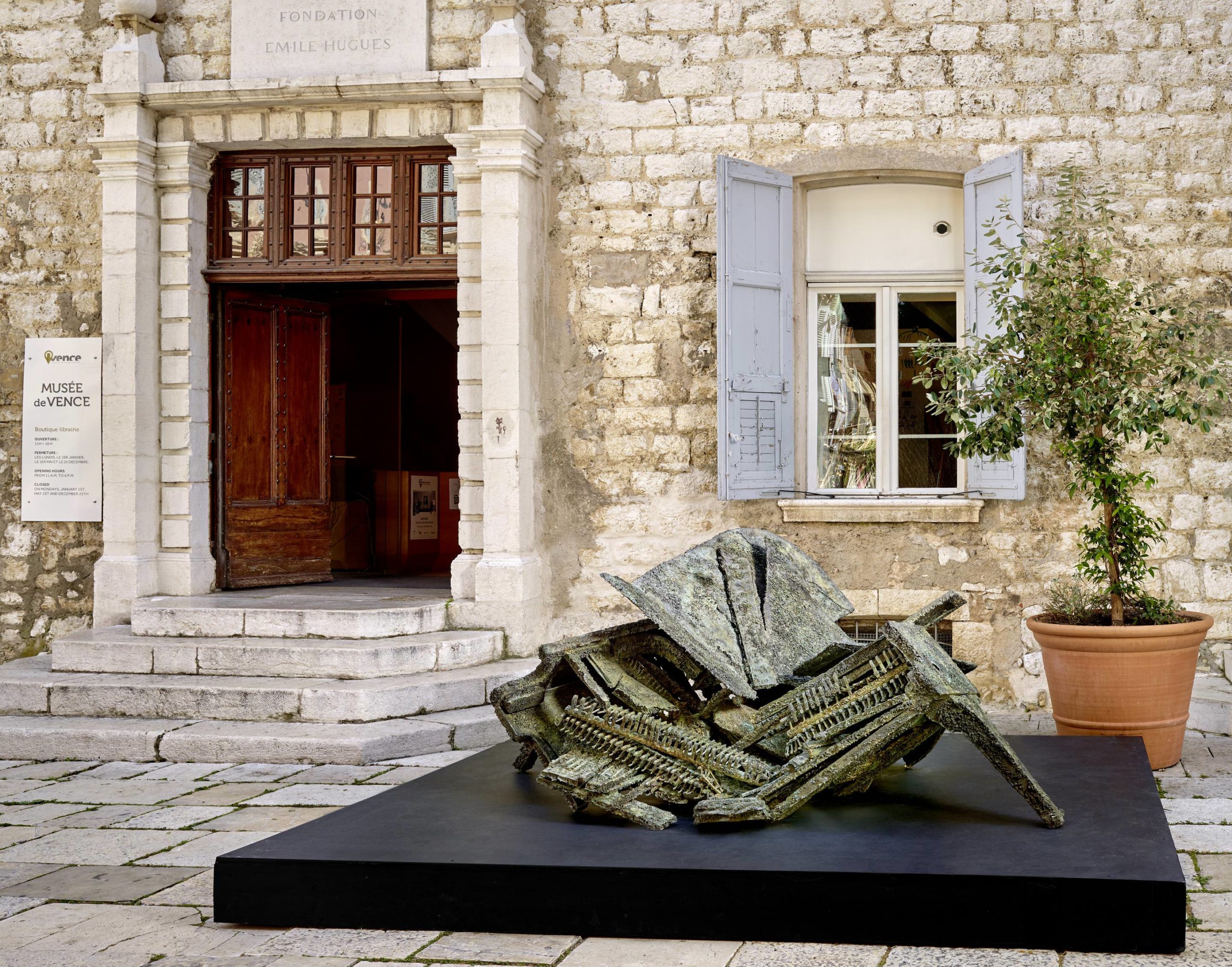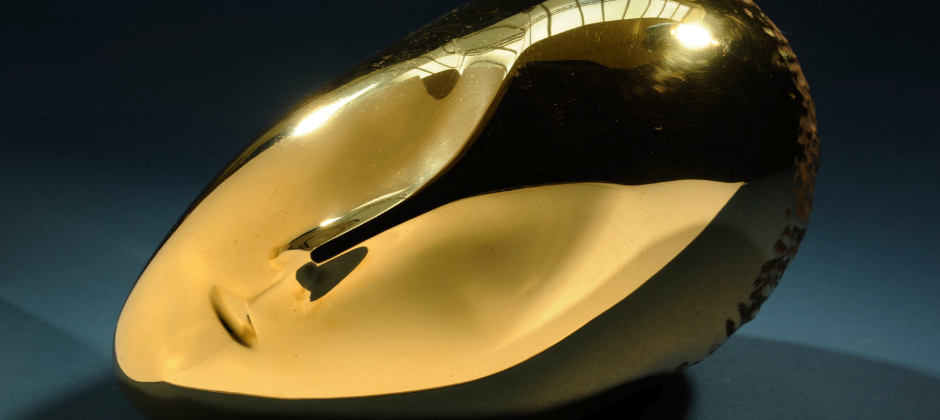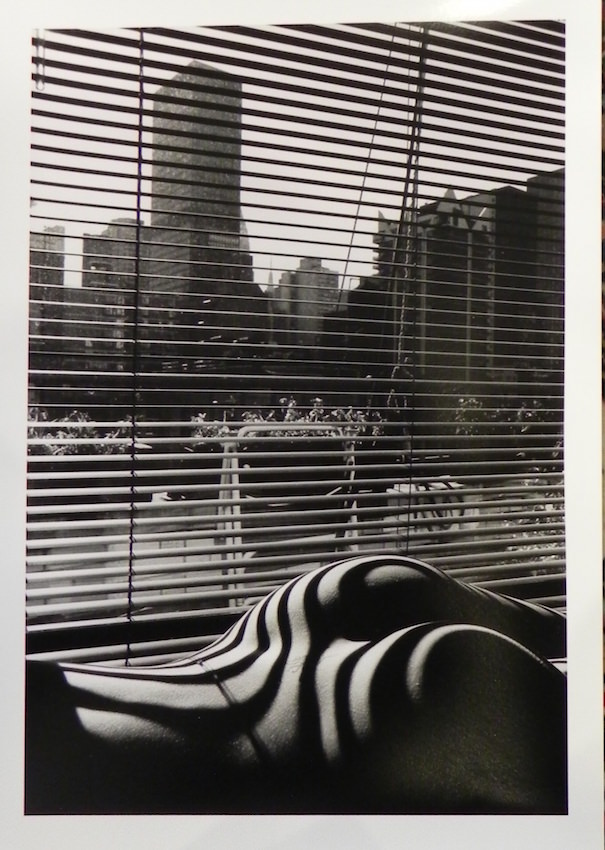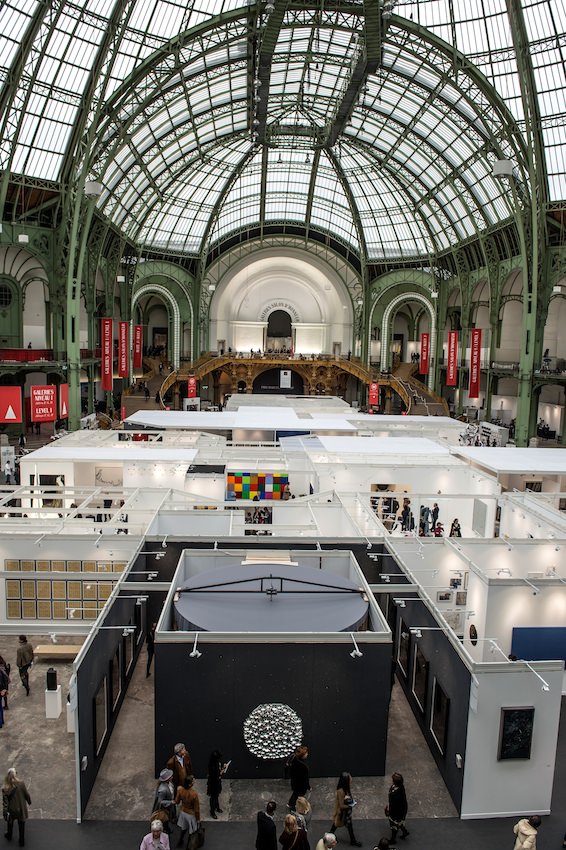Kicking off our digital content for Whitewaller Riviera this week, we have an interview with curator Jérôme Neutres. He’s behind the Arman exhibition currently on at the Musée de Vence in France. “ARMAN: New state of things,” up through December 15, includes a number of sculptures and works that showcase the imagination of the artist, known as the pioneer for the art of recycling.
Whitewaller spoke with Neutres—the former Director of Strategy at the Réunion des musées nationaux – Grand Palais from 2009 to 2019, and former president of the Musée du Luxembourg, Paris—about the show.
WHITEWALLER: What was the starting point for “Arman: New State of Things”?
JÉRÔME NEUTRES: The City of Vence received a donation from the artist in 2004 of the masterpiece outdoor sculpture entitled, Accord parfait. They finally installed it on the front of the Museum of Vence and asked me (I am a member of the Arman Committee) to curate a show explaining the context and issues of this work. Starting from that commission, I tried to reveal the contemporaneity of Arman: how his work seems to me more relevant today than ever. Arman was a visionary artist, anticipating the debate about garbage and the issues of our civilization of hyper consumption. He also was the very first to use manufactured daily objects as an art medium. So many artists today are Arman’s followers, from Damian Hirst to Subodh Gupta. Arman opened new borders to art. This is the state of things to say today.
WW: The exhibition is on view in the hometown of the artist. How did that impact your approach to the show?
JN: Arman was born in Nice and lived and worked in Vence as well as in New York. Vence was the other studio of Arman, along with Tribeca. The story of his work is based on this original bridge between Provence and the Big Apple. It makes Arman’s work very universal. I selected only works from local collections—Vence, Le Muy, Saint Tropez—to highlight how the birth region of Arman remains vital to his legacy.
WW: Can you tell us about the work Perfect Harmony installed outside the museum?
JN: The destroyed piano in bronze looks like a fictive submarine treasure, found in the sea. Arman speaks about the fragility of every civilization, the patina of the time which makes any object valuable, and the destruction as a source of creation—a main thematic of modern art after World War II. Arman imagines our world as a future atlantis.
WW: How would describe Arman’s concept of “archaeology of the future”?
JN: Arman conceptualized the archeology of the future working on this Atlantis series. It is in fact an archeology of our time. Arman is an artist and an ethnographer too.
WW: He was ahead of his time in using debris to create his work—how did that begin in his practice?
JN: Arman started his “bins” in 1959, provoking a scandal by making art out of garbage. He shows how our debris are the best way to depict and portray our time of mass consumption. His artistic issue was to elevate the debris as something precious and interesting.
WW: We’ve seen his archives in New York, he seems like an obsessive collector of objects. What objects was he continually drawn to?
JN: Arman was an obsessive collector. Of almost everything! Art, Samourai costumes, African objects… He accumulated works as much as he made accumulations in his own works!
WW: As a pioneer of art recycling his work feels even more relevant today. Are you finding a new generation of environmentally minded artists or collectors interested in his work?
JN: I am impressed to see how many artists of the new generation follow Arman and worship him, everywhere in the world. No need to quote anyone, everybody can see in art fairs Arman’s influence. Coming back to his “Atlantis” series, which is the main topic of my show, do you remember Hirst’s fictive submarine archeology treasure shown two years ago at the Pinault Foundation in Venice? A direct tribute to Arman’s “Atlantis” and the proof that Arman is a bit the GPS of today’s artists.









